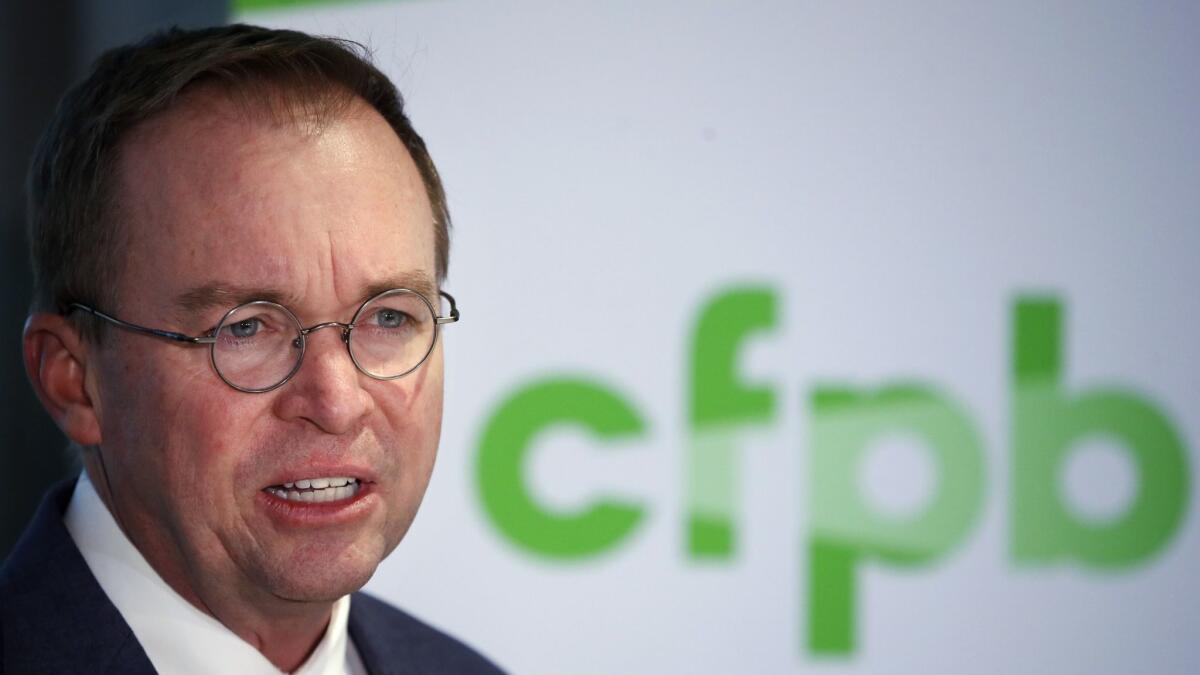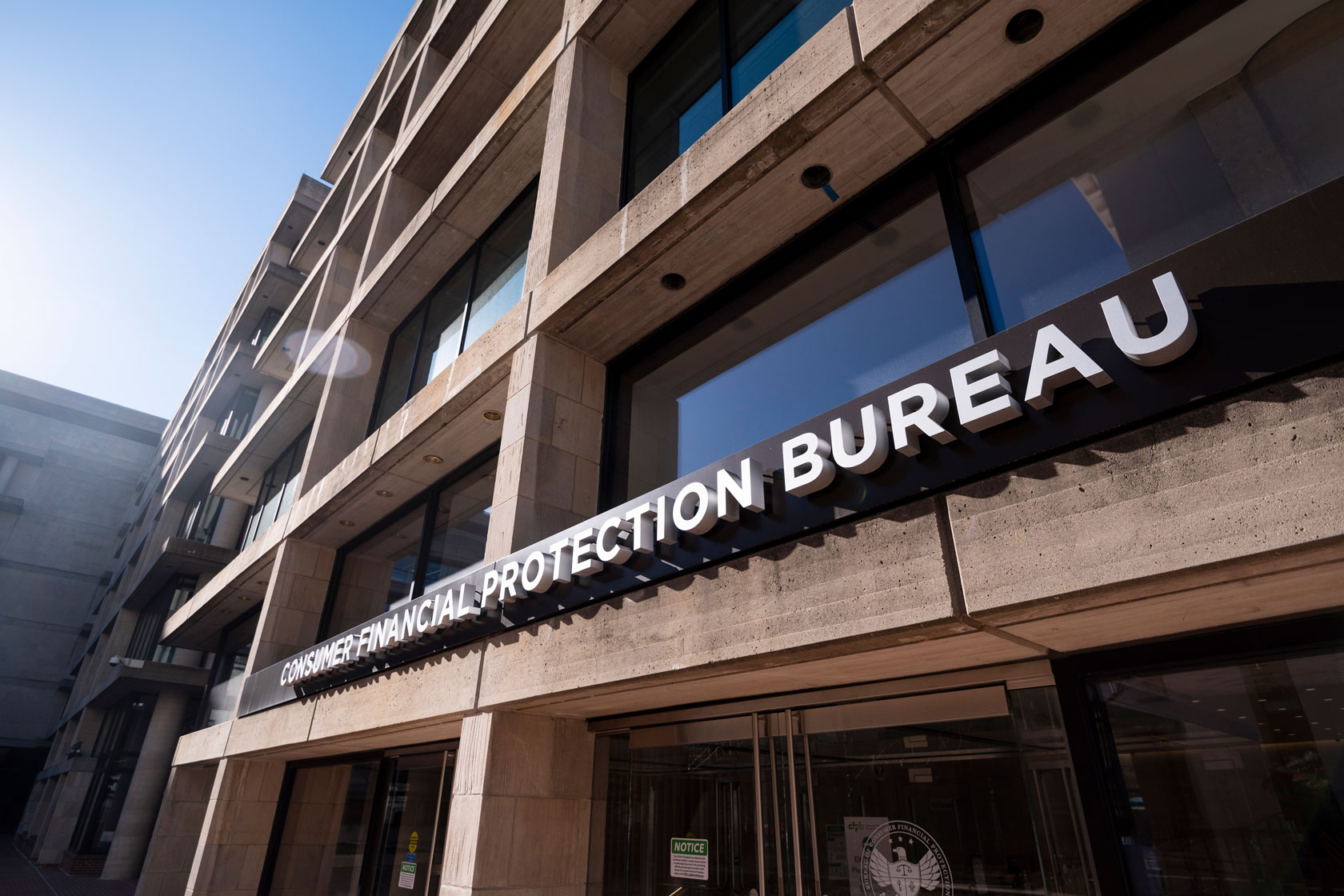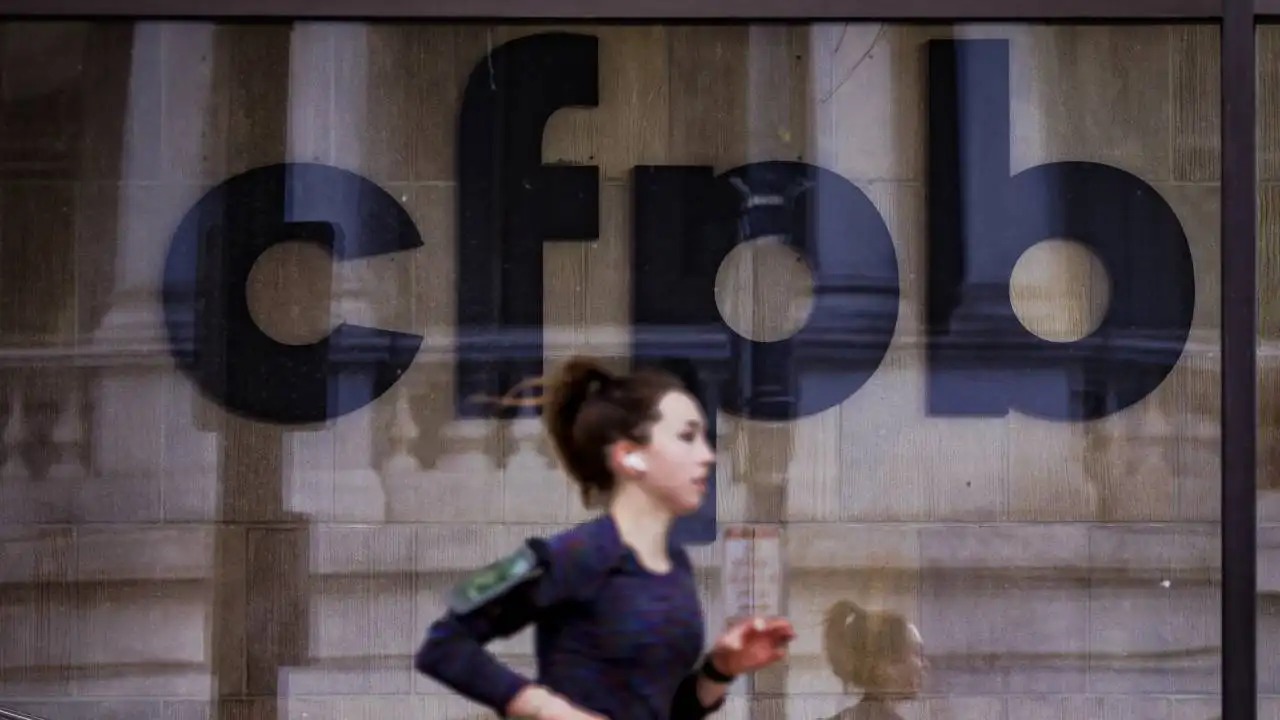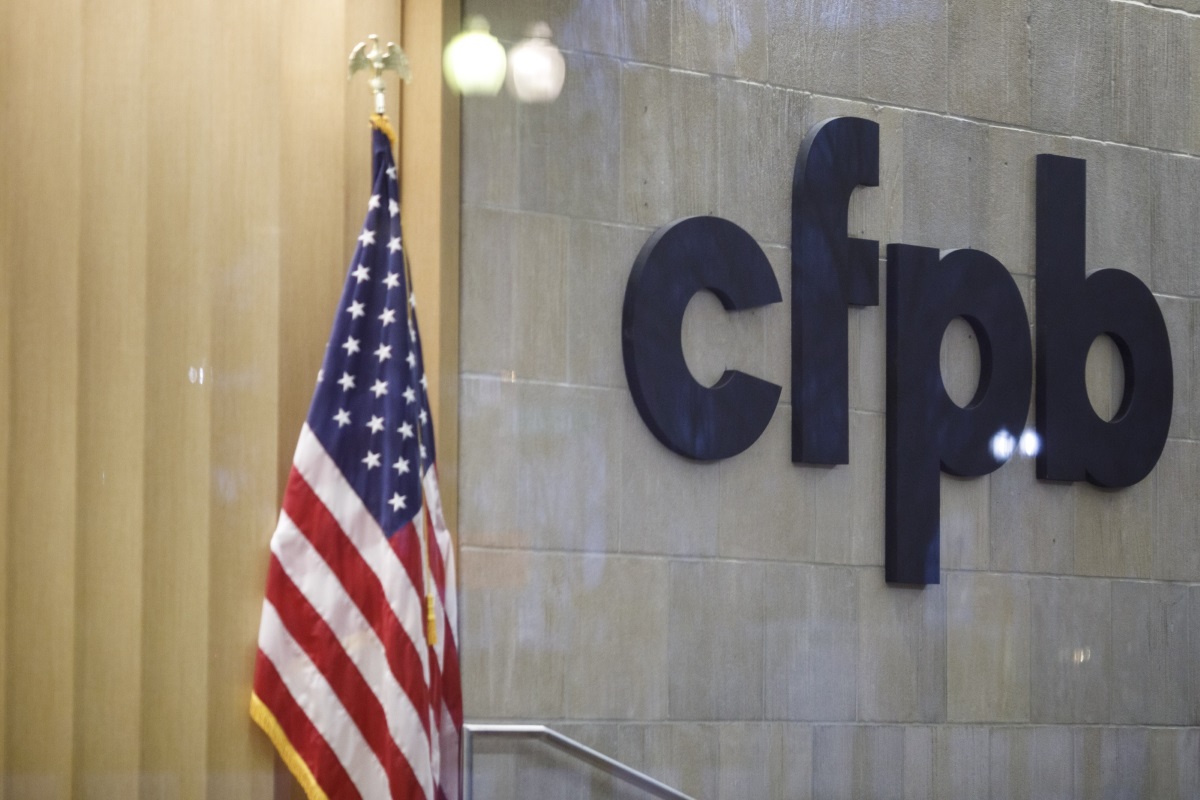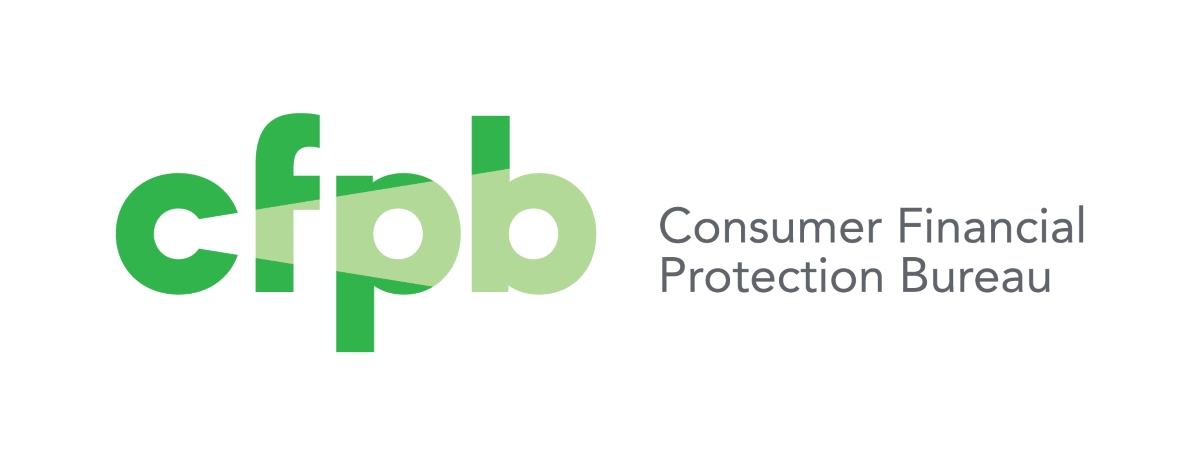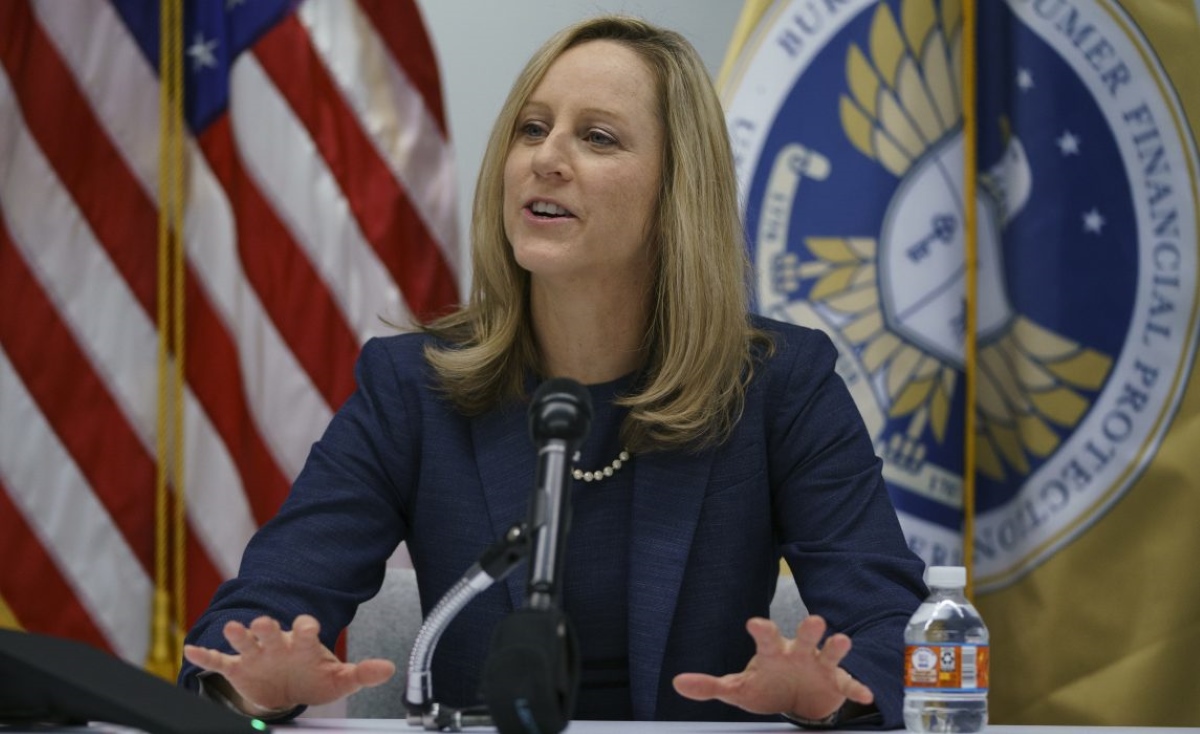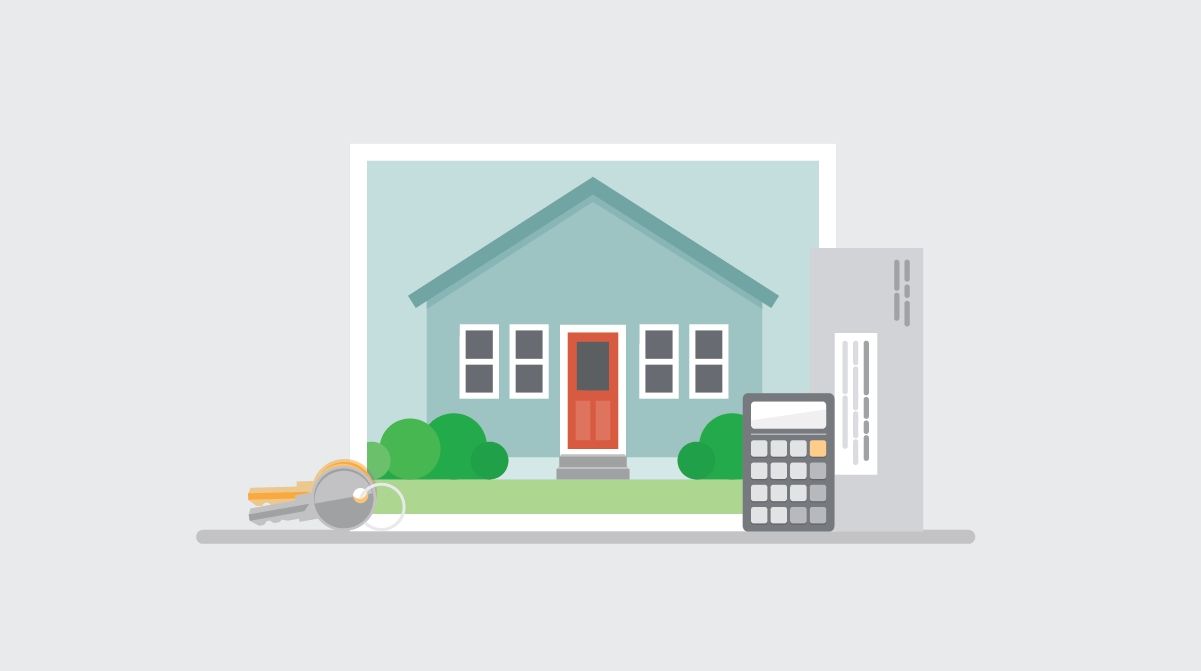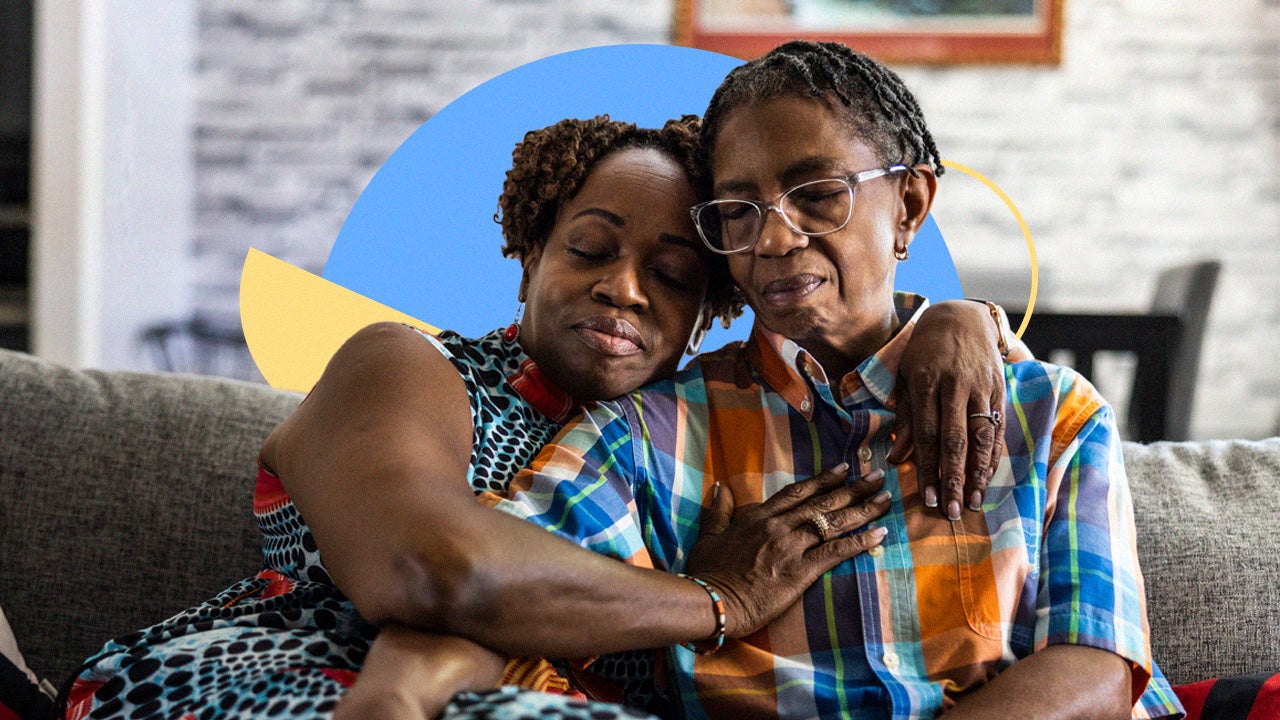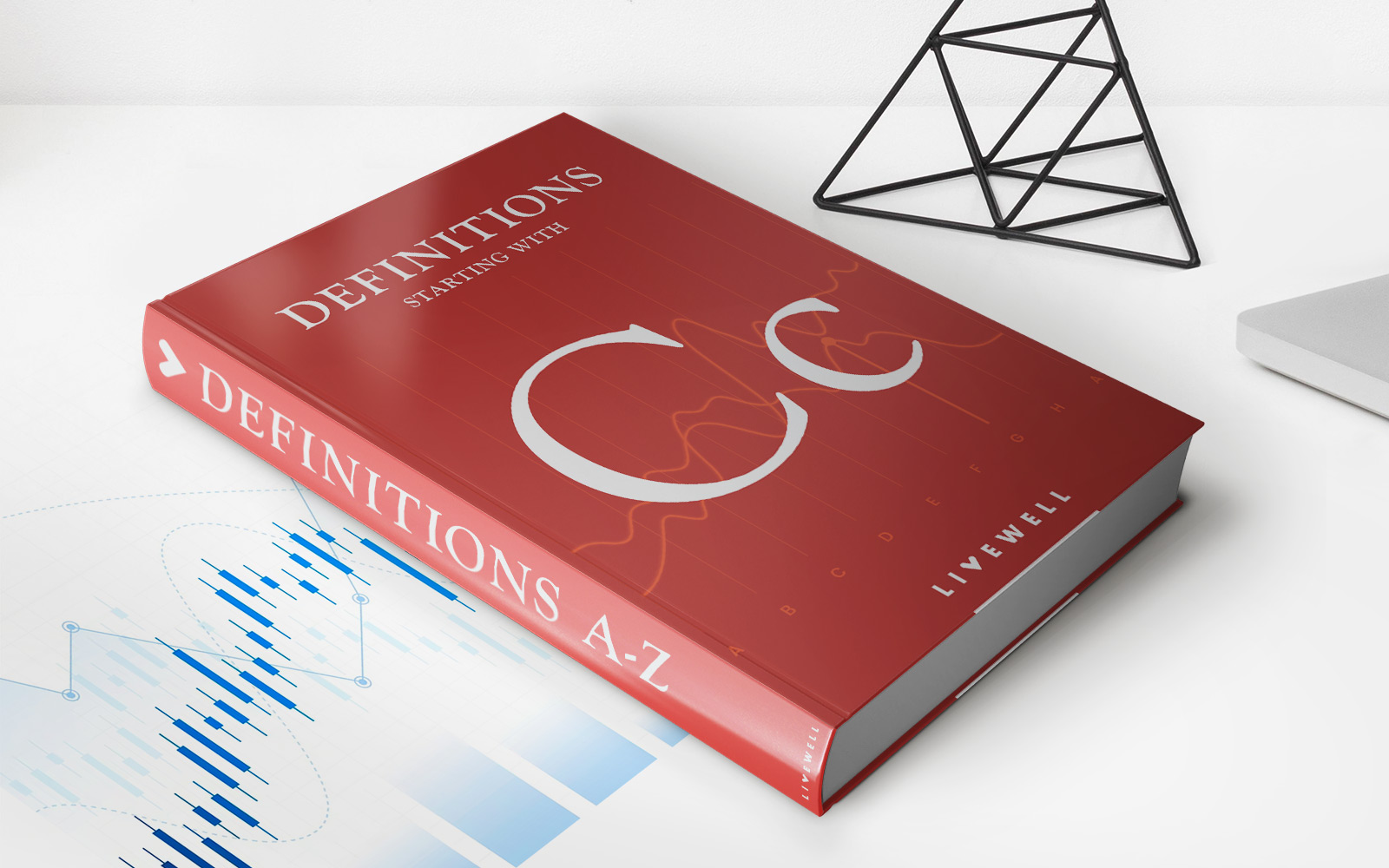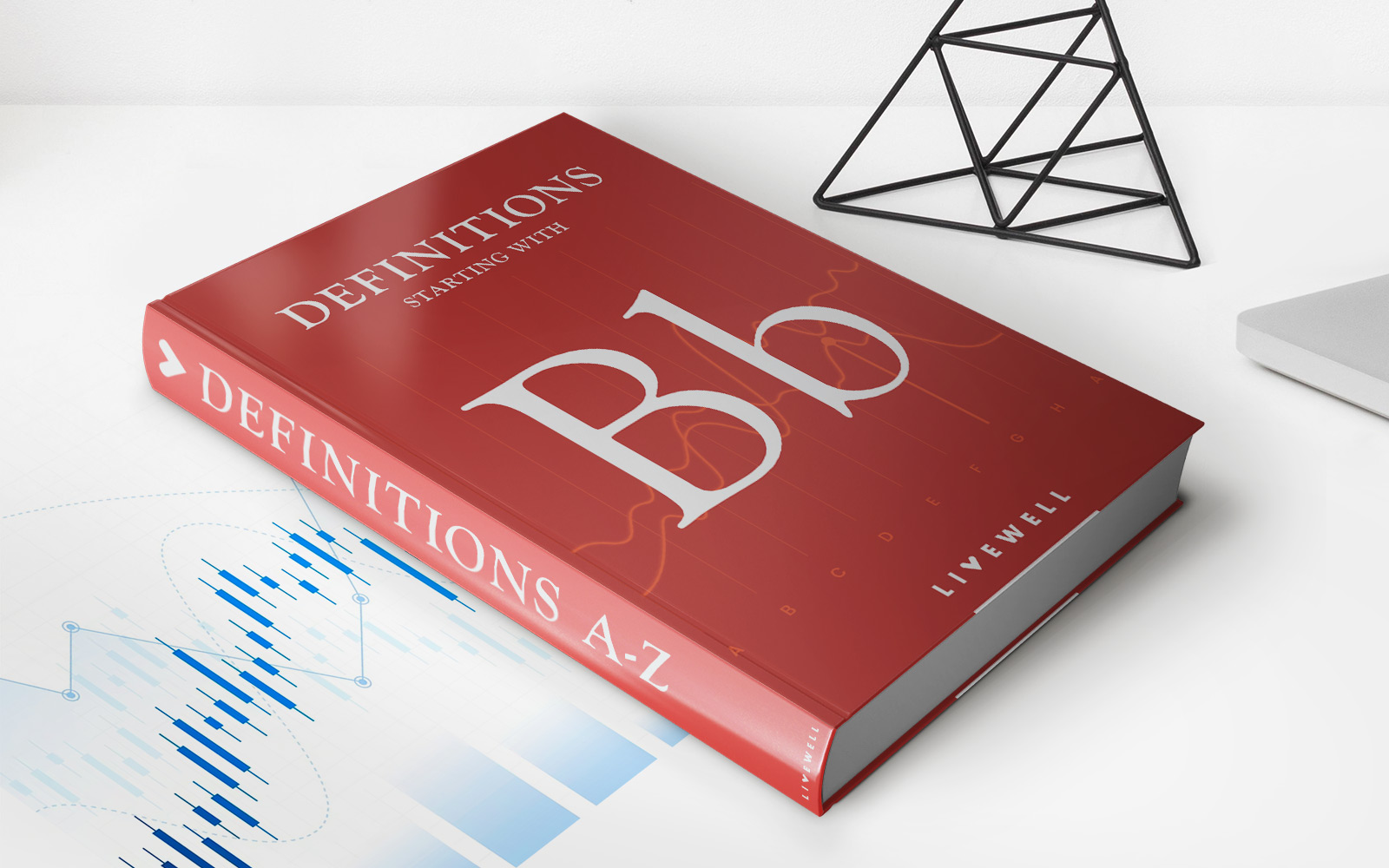Home>Finance>What Does It Mean When A Dispute Is Closed By The Consumer Financial Protection Bureau
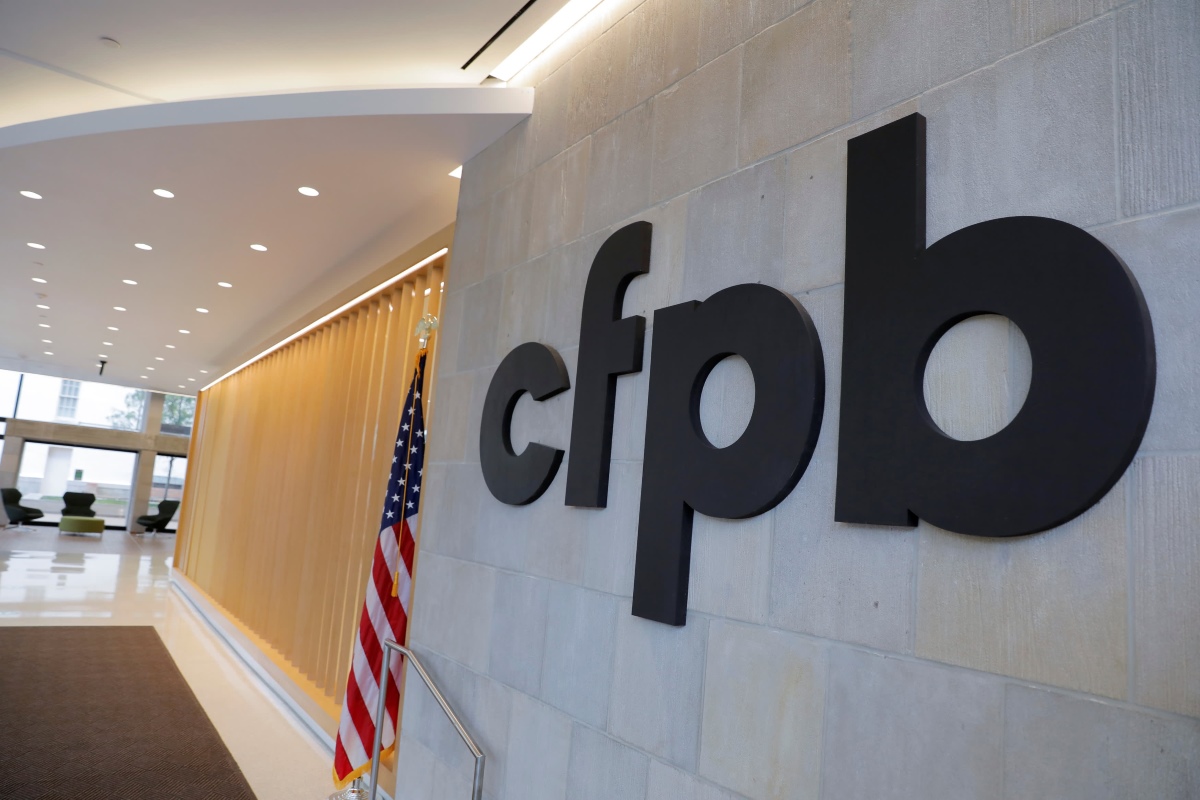

Finance
What Does It Mean When A Dispute Is Closed By The Consumer Financial Protection Bureau
Modified: March 1, 2024
Find out the significance of a dispute being closed by the Consumer Financial Protection Bureau in the world of finance. Explore the implications and effects.
(Many of the links in this article redirect to a specific reviewed product. Your purchase of these products through affiliate links helps to generate commission for LiveWell, at no extra cost. Learn more)
Table of Contents
Introduction
Welcome to our comprehensive guide on what it means when a dispute is closed by the Consumer Financial Protection Bureau (CFPB). In financial transactions, disputes can arise between consumers and financial institutions, causing frustration and inconvenience. The CFPB, a government agency established to protect consumer rights in the financial marketplace, plays a crucial role in resolving these disputes.
Understanding the process and implications of a dispute being closed by the CFPB is essential for consumers to navigate the often complex world of finance. In this article, we will explore what it means when a dispute is closed, the role of the CFPB, reasons for dispute closure, and what options consumers have after a dispute is closed. Whether you’re dealing with a disputed charge, a billing error, or any other financial issue, this guide will empower you with the knowledge to make informed decisions and protect your rights as a consumer.
By delving into this topic, we aim to address common concerns and demystify the dispute closure process. Whether you’re seeking clarification on the actions taken by the CFPB or interested in gaining insight into your rights as a consumer, this comprehensive guide will provide you with the answers you’re looking for.
It’s important to note that while we strive to provide accurate and up-to-date information, this guide should not be considered legal advice. If you have specific questions or require legal assistance regarding a dispute or the actions of the CFPB, it is recommended to consult with a qualified attorney or financial professional.
Now, let’s dive into the details of what it means when a dispute is closed by the Consumer Financial Protection Bureau.
Definition of a Closed Dispute
Before delving deeper into the topic, let’s begin by understanding what exactly it means when a dispute is closed. In the context of the Consumer Financial Protection Bureau (CFPB), a closed dispute refers to the resolution or finalization of a complaint or disagreement between a consumer and a financial institution.
When a consumer files a complaint with the CFPB regarding a financial issue, such as an incorrect charge on a credit card statement or an unauthorized transaction, the CFPB acts as a mediator between the consumer and the financial institution involved. The role of the CFPB is to investigate and work towards a fair resolution that benefits both parties.
Once the CFPB has completed its investigation and reached a resolution, the dispute is considered closed. This closing signifies that the CFPB has taken all necessary actions to resolve the complaint and that no further actions will be pursued by the agency. It also indicates that the case is officially concluded from the CFPB’s perspective.
It’s important to note that a closed dispute does not necessarily imply complete agreement or satisfaction from the consumer’s perspective. Instead, it indicates that the CFPB has taken the necessary steps to resolve the complaint, whether through negotiation, investigation, or any other appropriate means. The outcome of a closed dispute can vary and may include a refund, account adjustment, correction of inaccurate information, or any other mutually agreed-upon resolution.
It’s crucial for consumers to understand that a closed dispute does not necessarily prevent them from pursuing further action or seeking additional remedies. While the CFPB’s involvement may be concluded, consumers still have various rights and options to consider, which we will explore in detail later in this guide.
Now that we have a clear understanding of what it means when a dispute is closed, let’s explore the role of the Consumer Financial Protection Bureau and how it works to resolve consumer complaints.
Consumer Financial Protection Bureau (CFPB) Overview
The Consumer Financial Protection Bureau (CFPB) is a government agency established under the Dodd-Frank Wall Street Reform and Consumer Protection Act of 2010. The primary mission of the CFPB is to protect consumers in the financial marketplace by promoting fairness, transparency, and accountability.
The CFPB has the authority to enforce federal consumer financial laws and regulations and works towards ensuring that consumers have access to fair and competitive financial products and services. It oversees a wide range of financial institutions, including banks, credit unions, payday lenders, mortgage companies, and debt collectors.
One of the key functions of the CFPB is handling consumer complaints. Consumers can submit complaints to the CFPB regarding various financial issues, such as mortgage problems, credit reporting errors, debt collection practices, and fraudulent activities. The CFPB provides an online portal and helpline for consumers to file complaints, making the process accessible and user-friendly.
Once a consumer files a complaint, the CFPB reviews the details and takes appropriate action to resolve the issue. This may involve contacting the financial institution in question, conducting an investigation, facilitating communication between the consumer and the institution, or providing guidance to the consumer on how to address the problem.
The CFPB aims to resolve complaints in a fair and timely manner. Throughout the process, the CFPB keeps the consumer informed about the progress and any actions taken to address their concerns. The ultimate goal is to achieve a satisfactory resolution for both the consumer and the financial institution involved, promoting accountability and maintaining consumer confidence in the financial system.
In addition to handling consumer complaints, the CFPB also provides educational resources and tools to help consumers make informed financial decisions. They offer information on topics such as budgeting, credit management, and avoiding scams, empowering individuals to protect their financial well-being.
Overall, the Consumer Financial Protection Bureau plays a crucial role in ensuring consumer protection and promoting a fair and transparent financial marketplace. Now that we have an understanding of the CFPB’s role, let’s delve into the reasons behind dispute closure.
Reasons for Dispute Closure
When it comes to the closure of a dispute by the Consumer Financial Protection Bureau (CFPB), there are several possible reasons for this outcome. Understanding these reasons can help consumers gain insight into the resolution process and manage their expectations regarding the final outcome of their complaint. Below are some of the common reasons for dispute closure:
- Sufficient Evidence: One of the main reasons for dispute closure is when the CFPB determines that there is sufficient evidence to support a resolution. This means that the information provided by the consumer, as well as any additional evidence or documentation, is deemed satisfactory to reach a reasonable decision.
- Lack of Sufficient Evidence: On the contrary, a dispute may be closed if the CFPB finds that there is a lack of sufficient evidence to support the consumer’s claim. This could occur if the evidence provided is insufficient or inconclusive, making it difficult for the CFPB to make a determination in favor of the consumer.
- Mutual Agreement: In some cases, a dispute may be closed when both the consumer and the financial institution involved reach a mutual agreement. This could involve a settlement, a compromise, or any other resolution that is collectively agreed upon to resolve the dispute.
- Lack of Response: If the financial institution fails to respond or cooperate with the CFPB during the investigation process, the dispute may be closed. The CFPB relies on the cooperation of all parties involved to reach a resolution, and if the financial institution does not participate, it can hinder the progress of the investigation.
- Statute of Limitations: Disputes may be closed if they fall outside the statute of limitations, which sets a time limit for filing legal claims. If the dispute is not filed within the specified timeframe, the CFPB may close the case due to the expiration of the statute of limitations.
- No Violation Found: In some instances, the CFPB may close a dispute if they find no violation of applicable consumer financial protection laws or regulations. This may occur if the actions of the financial institution align with legal requirements or if the evidence does not support a violation claim.
It’s essential to note that the reasons for dispute closure can vary depending on the specific circumstances of each complaint. The CFPB carefully evaluates each case and determines the appropriate course of action based on the available information and applicable laws and regulations.
Now that we understand the reasons for dispute closure, let’s explore the rights and options available to consumers after a dispute has been closed by the Consumer Financial Protection Bureau.
Consumer Rights and Options after Dispute Closure
After a dispute is closed by the Consumer Financial Protection Bureau (CFPB), consumers still have important rights and options to consider. While the involvement of the CFPB may have concluded, it does not necessarily mean that the consumer’s journey ends. Let’s explore some key rights and options available to consumers after a dispute has been closed:
- Review the Resolution: It is essential for consumers to thoroughly review the resolution provided by the CFPB. This includes understanding the details of the resolution, such as any refunds or adjustments offered by the financial institution. Consumers should ensure that the resolution aligns with their expectations and that they are satisfied with the outcome.
- Request Clarification: If there are any questions or concerns regarding the resolution or the closure of the dispute, consumers have the right to seek clarification from the CFPB. They can reach out to the CFPB to gain a better understanding of the decision and the factors that led to the closure of the dispute.
- Consider Legal Action: In certain situations, consumers may choose to pursue legal action against the financial institution even after the dispute is closed by the CFPB. If the resolution provided by the CFPB does not adequately address the consumer’s concerns or if they believe their rights have been violated, they may consult with a qualified attorney to explore the possibility of taking legal action.
- Submit Feedback: Consumers have the right to provide feedback or testimonials regarding their experience with the CFPB and the handling of their dispute. This can help the CFPB understand the strengths and areas for improvement in their processes and can contribute to enhancing consumer protection efforts in the future.
- Monitor Future Transactions: It’s important for consumers to stay vigilant and monitor their future transactions with the financial institution in question. This includes carefully reviewing statements, bills, and any other financial documents to ensure accuracy and identify any potential issues promptly. Consumers should also familiarize themselves with their rights and responsibilities as outlined in the terms and conditions of their financial agreements.
- Utilize Consumer Resources: The CFPB provides a wealth of educational resources and tools to help consumers make well-informed financial decisions. Consumers can continue to utilize these resources to gain knowledge, improve their financial literacy, and protect their rights in future interactions with financial institutions.
It’s important for consumers to be proactive and assertive in safeguarding their rights and financial well-being, even after a dispute is closed. By understanding their options and staying informed, consumers can maintain control over their financial matters and navigate any future challenges that may arise.
Now that we have explored the consumer rights and options after dispute closure, let’s address some frequently asked questions on this topic.
Frequently Asked Questions (FAQs)
1. Can I reopen a closed dispute with the CFPB?
Once a dispute is closed by the CFPB, it is generally considered resolved. However, if new information or evidence arises that was not previously available, you may be able to contact the CFPB and request a review. It’s best to reach out to the CFPB directly for guidance in such situations.
2. What should I do if I disagree with the resolution provided by the CFPB?
If you believe that the resolution provided by the CFPB does not adequately address your concerns, you have the option to seek legal advice or explore other channels for resolution. Consult with a qualified attorney to understand your rights and explore potential courses of action.
3. How long does it typically take for the CFPB to close a dispute?
The duration of the dispute closure process can vary depending on the complexity of the case and the cooperation of all parties involved. It may take anywhere from a few weeks to several months for the CFPB to complete their investigation and reach a resolution.
4. What happens if the financial institution does not comply with the resolution provided by the CFPB?
If the financial institution fails to comply with the resolution provided by the CFPB, consumers may have the option to pursue legal action. Consult with a qualified attorney to assess the best course of action based on your specific circumstances.
5. Are there any fees involved in filing a complaint with the CFPB?
No, there are no fees associated with filing a complaint with the CFPB. The process is free of charge, and consumers can submit complaints through the CFPB’s online portal or helpline.
6. Can the CFPB provide financial compensation directly to consumers?
No, the CFPB does not directly provide financial compensation to consumers. Their role is to mediate and assist in resolving disputes between consumers and financial institutions. Any compensation or resolution is typically provided by the financial institution involved.
These are some of the frequently asked questions regarding disputes closed by the Consumer Financial Protection Bureau. It’s important to note that specific situations may warrant personalized advice, so it’s recommended to consult with the appropriate professionals based on your individual circumstances.
Now, let’s conclude our comprehensive guide on what it means when a dispute is closed by the CFPB.
Conclusion
In conclusion, when a dispute is closed by the Consumer Financial Protection Bureau (CFPB), it signifies the resolution or finalization of a complaint or disagreement between a consumer and a financial institution. The CFPB plays a crucial role in mediating disputes, investigating complaints, and working towards fair resolutions.
Throughout this guide, we have explored the definition of a closed dispute, the role of the CFPB, reasons for dispute closure, and consumer rights and options after a dispute is closed.
It’s important for consumers to understand that a closed dispute by the CFPB does not necessarily mean the end of their journey. They still have rights and options to consider, such as reviewing the resolution, seeking clarification, considering legal action, and utilizing consumer resources provided by the CFPB.
While we have provided a comprehensive overview, it is crucial to remember that every case is unique. If you find yourself in a situation where you need assistance or have specific questions, it is recommended to consult with a qualified attorney or financial professional.
Navigating the world of finance can be complex, but with the knowledge and information provided in this guide, you are better equipped to protect your consumer rights and make informed decisions. Remember to stay vigilant, monitor your financial transactions, and stay informed about the resources available to you.
By understanding what it means when a dispute is closed by the Consumer Financial Protection Bureau, you can have confidence in your ability to advocate for yourself and navigate the financial marketplace with greater clarity and peace of mind.
Thank you for reading our comprehensive guide, and we hope it has been valuable in your journey towards resolving financial disputes.
